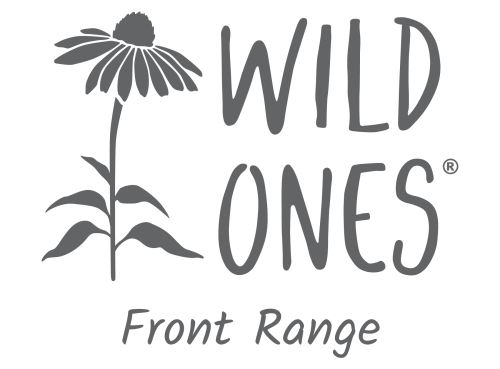By Kristine Johnson
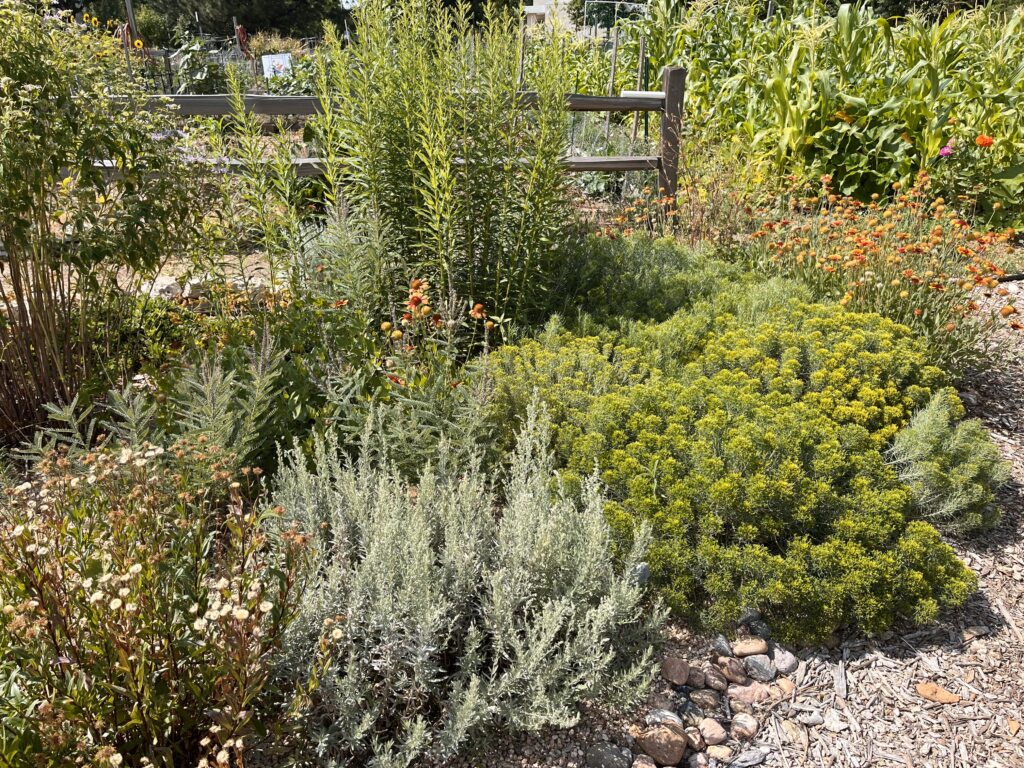
While many members of Wild Ones Front Range are totally on the DIY (do it yourself) bandwagon–for various reasons or for various portions of our space–we may also reach out for help from professionals. Native plant landscaping can feel daunting. So how do you find someone who is a good fit for you and who truly knows native plants? I interviewed some folks in the biz, including some of our very own Wild Ones Front Range leaders. Consensus came out about things to ask, red flags and more. This is a diverse panel of passionate, dedicated, intelligent, hardworking people working in a physically demanding field that requires a lot of smarts and a lot of skills. If you don’t understand why they do what they do or why something costs what it does, ask them. They were so generous with their time with me, and they all want to help make our communities better places.
Mimi and Larry Elmore have owned and operated Wild by Design Habitats, a design/install landscaping company in Lyons for over 15 years. The Elmores were inspired by entomologist Douglas Tallamy’s work on how native plants support pollinators and ecosystems, and they work to convert home landscaping to water-conserving, pollinator- and bird-supporting, science-based, aesthetically pleasing landscapes. They design for the full growing season (spring, summer, fall, winter interest) and in multiple plant layers.
Kimberly Lehman owns and runs the Boulder Barefoot Gardener, a landscaping business in the Boulder area (she is also a WOFR Boulder Regional Co-Coordinator). Her focus includes permaculture, sustainability, pollinators, water conservation, fire mitigation and equity. She’s been in the Boulder area for about 15 years. Most of her work is maintenance, rejuvenation and renovation of home gardens. She has been “into” plants since she was a child, gardening with her grandmother in Ohio and does a lot of giving back to her community.
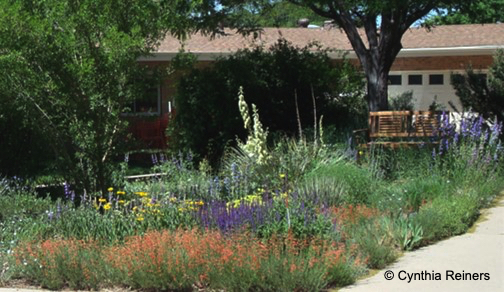
Danna Liebert owns and runs Grounded Growth Landscape Design, a landscaping design and install business in the Denver area (Danna is also a WOFR Board Member). She specializes in low-water, native plant-focused landscaping, turf to native habitat conversion, crevice gardens, and naturalistic designs that provide ecological value and nourish ecosystems. She dove into native plant landscapes when she relocated to Denver from New York City and became a habitat advocate and practitioner. She considers Kenton Seth to be a mentor and Douglas Tallamy to be a major inspiration.
Curtis Manning co-owns and runs Curtis Manning Design and Meadow Pro, two design/install/maintain landscaping companies in Lafayette; one company focuses on outdoor living spaces, while the other focuses more on water conservation (including rain gardens), and providing habitat for pollinators, birds and other wildlife. Curtis has spoken at the Landscaping with Colorado Native Plants Conference about soil and has taught seminars at Denver Botanic Gardens about low water and native gardens. He has been in the native plant landscaping business for over 20 years and has a background in horticulture and civil engineering.
Eryn Joy Murphy owns and operates Restorative Landscape Design, a design/install landscaping company in Denver. An active WOFR member, Eryn’s focus is native plant landscaping, permaculture, crevice gardens, and prairie matrix gardens. She focuses on Denver but will travel further for projects with bigger community impact. We’re reviewing her guide for DIYers next month. She includes services to make native plant landscaping more accessible for those on a budget or who wish to do the labor themselves, including Garden in a Truck, a native plant sourcing service she operates, which allows DIYers to source large numbers of plug/small-sized native plants at near wholesale cost.
Questions and Discussion Points:
How to find someone. All our panelists get most of their clients via word of mouth and referrals. When
you see a yard you like, talk to the owners as and get a referral. It’s a good way to get something similar.
Danna says that visiting past projects of a prospective landscaper is important. While photos (especially in
the form of before and after pictures) can be helpful, a personal visit is best. Curtis finds many clients through the educational presentations he gives; you will see him and other panelists speaking and
teaching throughout the year.
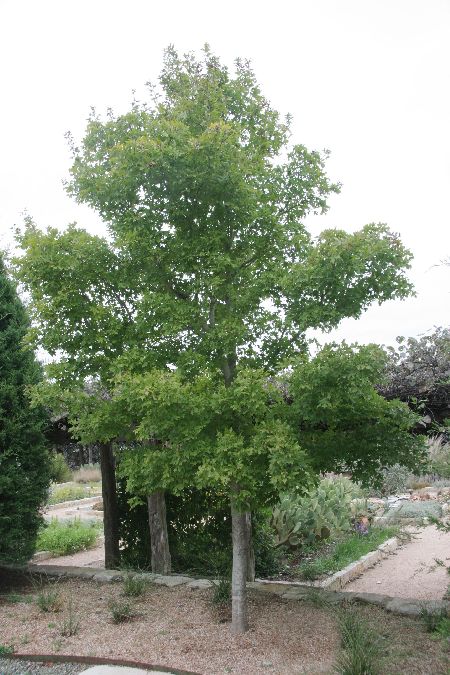
How to find someone you click with. Both Kim and Danna say the initial communication is an opportunity to determine if a prospective landscaper is in alignment with what you are seeking. You’ll determine what they can provide, communication style/preferences, time frame, budget, your experience level, their experience level, how much effort/expense you can put into maintenance, how the landscaped area will be used. Larry said at the end of a consultation, both parties generally know if the fit is there. Curtis underscored this, but he emphasized keeping your eyes open through the entire process; communication helps. Larry and Mimi stressed that you should be honest about plant species or specimens you’re very attached to and how much time for care you have. Eryn pointed out that winter is the perfect time to talk to people because they are less busy and are lining up projects for the following season.
Landscaping is expensive. Smaller companies may have lower overhead and be more affordable, while larger companies can generally handle all the aspects of a complicated job without involving subcontractors. All our panel members have a philosophy around habitat and the importance of this work, and they are more than happy to share it with you.
What you must cover. There are some challenging areas that you should ask about up front. What is your cancellation policy? What are things that could go wrong with this project? What could cause delays or cost overruns? What do you do to clean up after yourself? If you have kids, dogs, environmental allergies, an HOA, and/or if you travel a lot, you MUST mention it.

Our pros have questions themselves: Kim asks what impacts your yard, for example, animals, people, the environment (wind, neighbor spraying herbicides, etc.)? Do you have any current plants with high emotional/sentimental value? What is buried (water/electrical) should I know about? Where do you walk in the yard? How do you move through this space? Do you need accommodations? Curtis stresses that you must be honest about your needs, your skills and your time. Do you need something low maintenance or do you need referrals for garden maintenance professionals?
Our experts conveyed that you need to establish what portions of the landscaping project a candidate is qualified to do. Some landscapers only do design and installation or just installation and maintenance. Not everyone does hardscaping, fencing, retaining walls, irrigation systems or ponds, but everyone we spoke with can provide referrals. Eryn has tried to put a great deal of information on her website to be as transparent as possible with clients; she does the same with invoices.
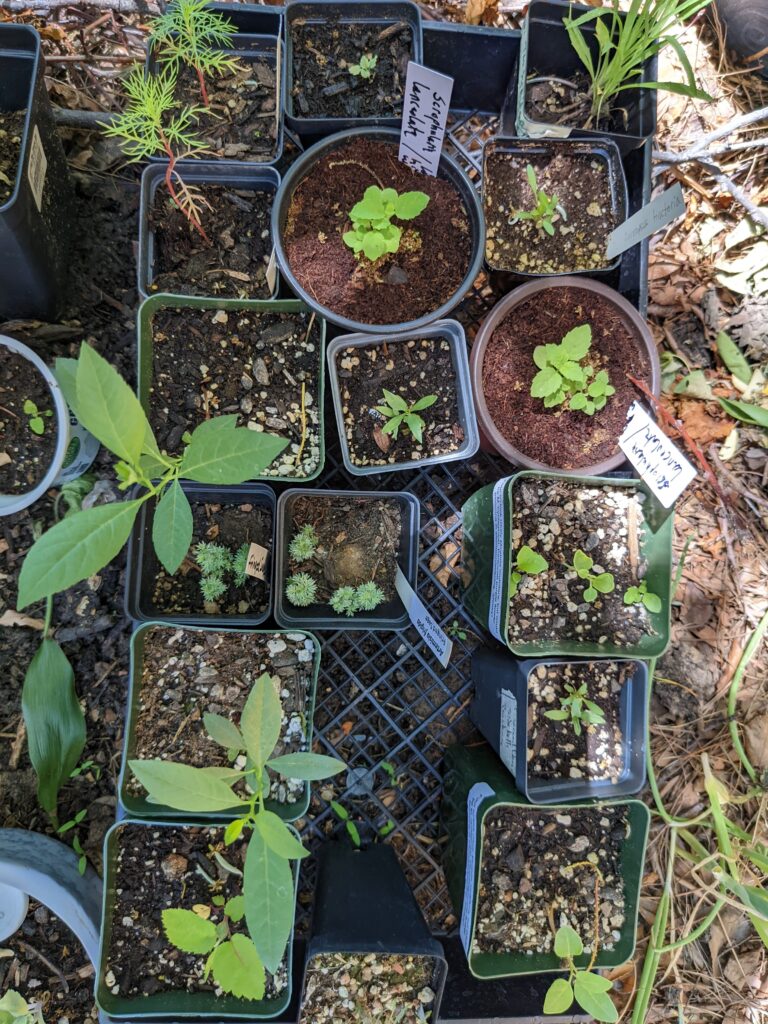
Red flags. Be sure to ask about the use of landscape fabric and artificial turf. Our pros generally don’t use them and will educate clients about the ecological pitfalls and limitations associated with them. Ask how plants are planted and what happens to excess yard waste and soil (to compost facilities or for reuse whenever possible). Ask where they source their plants and what sizes they recommend and why. Generally smaller plants (forbs and grasses) survive better, cost less and mature faster. Native plants grown without pesticides tend to come from smaller and/or specialty nurseries or wholesalers. Danna recommends asking about the density of planting (or the total number of plants going in) and when the landscape will mature. Kim says landscapers should be candid about their expertise and demur when something you ask for is out of their scope, and it’s okay if they don’t immediately know the answer to something. Habitat gardening with native plants in the end is about ecological landscaping, and how and why soil in a particular area is prepped, with what, and what materials are sourced and how matters.
The project itself. Some of our pros help with grants and habitat certification, and some don’t—it’s worth asking upfront. Most can also break the project into phases over years. Our pros work with everyone from first-time gardeners to people who are habitat experts needing help with design and implementation. Don’t be afraid to really interact with our professionals. Larry says designing your yard is a very personal experience keyed to your desires and your space. Eryn says starting the process far in advance allows for better communication and plant availability. For example, depending on timing, she can have plants custom grown for your project, and you may have more flexibility in scheduling.
The bottom line. The sense that I have from our professional panel is that this is special work that they strive to do well. Just as being members of Wild Ones ends up being a lot about building relationships and sharing information, working with a native plant landscaper is similar, but on a more personal level. Talk to your WOFR friends, ask whom they’ve worked with, and start the conversation yourself.
